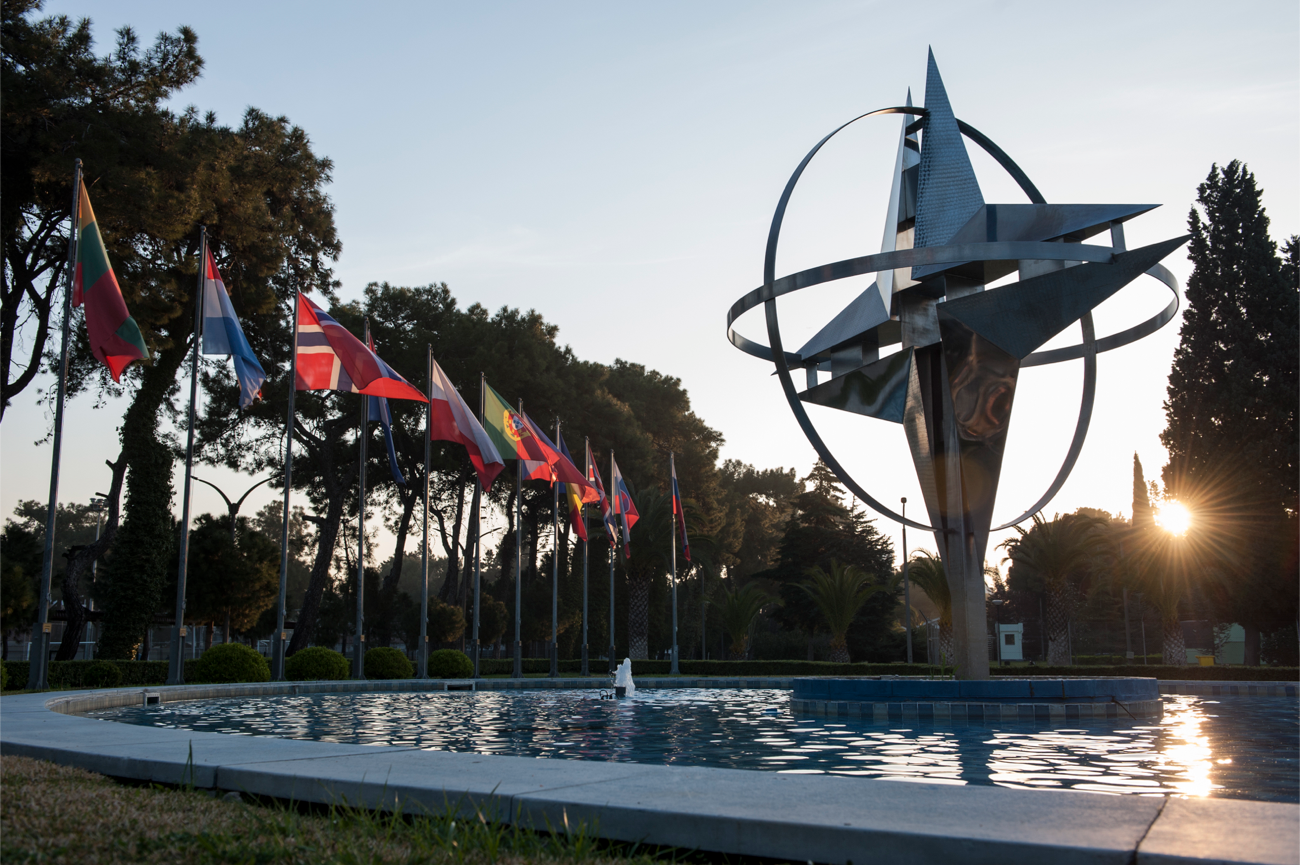“One for the books.”
That is how I would describe 2020. With all its trials and tribulations, last year was particularly instructive for the security and defense community. We were starkly reminded of two laws in threat management. First, threats are quick to emerge and they rarely give notice. Second, our job is to deal with them just as quickly, and we can only do that with proper readiness and capabilities.
These fundamentals are true for any kind of threats — military included — and are especially pertinent to deterrence and defense efforts in the Baltic region.
Last fall, Lithuania and its neighboring allies had the displeasure of once again witnessing how rapidly and unpredictably threats can materialize, when the Russian-Belarusian exercise Slavic Brotherhood-2020 was swiftly scaled up six times at the very last minute without any adequate transparency measures.
Given these modalities, the task is to make deterrence in the Baltics airtight.
Speed — of our forces and of our decisions — is one aspect to it. As challenging as 2020 was, we still made great strides toward this goal. We tested and further honed rapid reinforcement capabilities and built interoperability in two major allied exercises: Brilliant Jump and Tobruq Legacy. Lithuania also became a full-fledged owner of the NASAMS air defense system that significantly bolsters our air defense and serves as a critical enabler for rapidly flowing the allied forces into the region.
However, effective deterrence requires a physical allied presence to make sure the impact of our decisions and forces is delivered both rapidly and powerfully. In the case of the Baltics — countries with no strategic depth — deterrence is as much about posture as it is about speed. Oftentimes, posture is the very precursor of speed.
NATO’s Enhanced Forward Presence forces in the region have moved the alliance in the right direction. In Lithuania, Germany’s superb leadership as well as the steadfast dedication of the contributing allies — Belgium, the Czech Republic, France, Iceland, Luxembourg, the Netherlands and Norway — have been ardently advancing the efforts. Nonetheless, as instrumental as these forces have been in reducing the risk of conflict in the Baltics, the mission has not been fully accomplished yet. Russia’s anti-access/area denial arrangements would still offer it a time-distance advantage in the early stages of a conflict.
An American presence in the Baltics is the solution to this conundrum. Since November, Lithuania has been hosting the third six-month rotation of U.S. armored battalion forces. This is the latest installment of America’s efforts to bolster allied deterrence on Lithuanian soil. However, the U.S. presence would provide the most valuable results were it on a permanent basis.
RELATED

U.S. military presence in the Baltics is the most effective way to implement America’s National Defense Strategy. Such presence would meet the Defense Department’s five core principles for repositioning forces throughout Europe: enhancing deterrence against Russia, strengthening NATO, reassuring allies, improving U.S. strategic flexibility and taking care of U.S. service members.
The ability to quickly position and sustain U.S. forces in the Baltics presents both a politically and militarily efficient means of credible deterrence, and supports NATO’s collective defense efforts in Northeast Europe. A permanent U.S. presence in the Baltics would further minimize the risk of a military conflict in the region. Most importantly, it would eliminate the risk of a short-notice strike, the biggest strategic challenge in defending this area.
The rotations of U.S. armored battalions have successfully demonstrated that U.S. military units can deploy to Lithuania to build and sustain readiness and execute their mandated training progressions.
Lithuania is up to the task of hosting incoming U.S. forces.
In cooperation with our U.S. and German allies, we have invested significantly in modernizing and expanding our training infrastructure, and we will continue doing so.
Lithuania can already offer dedicated infrastructure for the deployment of a U.S. armored battalion and has other host-nation support capabilities that can be used for U.S. rotations, including for deployment of additional air assets, pre-positioning equipment and munitions, logistics, and maintenance facilities. There are further plans in the works to improve and increase our host-nation support capabilities.
We continue developing military mobility capabilities for easy arrival and smooth rotations. Thanks to rapid and flexible entry procedures and investments in our military mobility infrastructure, allied forces can deploy and redeploy to and from the Lithuanian territory on very short notice.
Finally, our acquisitions of the U.S.-made Joint Light Tactical Vehicles, Black Hawk helicopters, communication equipment and Javelin anti-tank missiles will ensure interoperability with the U.S. forces and significantly improve capabilities of the Lithuanian Armed Forces.
Evidently, Lithuania considers itself a natural location for an enduring U.S. military presence. A permanent presence in the Baltics would contribute to achieving America’s national defense goals and benefit the U.S. military. It would serve as the best deterrence against Russia and prevent hostilities in the eastern flank of the alliance. By providing world‐class infrastructure, training conditions and hospitality, Lithuania is ready and willing to host U.S. forces on a permanent basis.
Arvydas Anusauskas is Lithuania’s defense minister.







